Description
Overcoming Prostate Cancer: The Promise of Photodynamic Therapy and Other Innovative Therapies
Prostate cancer is the most common cancer among men worldwide. Men living in industrialized nations—notably Australia, New Zealand, the United States, and some European countries—are at greatest risk of contracting the disease. This year an estimated one million new cases will be diagnosed globally. Though many cases of prostate cancer can be treated early and are highly curable, a large number of cases are fatal. There is also growing debate as to whether surgery is necessarily the best way to treat early-stage tumors that may never develop into serious disease to begin with.
Overcoming Prostate Cancer: The Promise of Photodynamic Therapy and Other Innovative Therapies highlights a new approach to prostate cancer, one rooted in the astounding cancer-fighting potential of Photomedicine (light-based medicine). Though the therapeutic applications of light date back thousands of years, it is only within the past few decades that high-tech developments in laser technology as well as non-laser light have enabled the medical profession to realize the true healing potential of light.
Overcoming Prostate Cancer is divided into four parts: (1) Understanding Prostate Cancer; (2) Treating Prostate Cancer ; (3) Promising Research Directions; and (4) Nutritional Factors for Prostate Cancer Control. After the introduction in Part 1, Parts 2 and 3 will likely attract the reader’s strongest attention, as these parts highlight the various applications of Photomedicine while also explaining how these applications can be used to compensate for some of the shortcomings of conventional cancer treatment.
Part 1 provides key insights into the nature of the prostate gland and how factors like inflammation can encourage the development and progression of this disease. It highlights some of the limitations of early detection using the well-known PSA test, and explains why alternative methods are needed for diagnosing and treating early-stage cancers.
Part 2 illuminates the main innovative treatment options for prostate cance, such as cryosurgery, high-intensity focused ultrasound, and finally photodynamic therapy (PDT). PDT utilizes a light-sensitizing agent (photosensitizer) that selectively accumulates in cancer cells. Upon exposure to light, the cancerous tissue is destroyed, and the anti-cancer immune defences are activated. PDT can be used as a complement to conventional treatments, as well as in some cases an alternative to such treatments
Why do we need reasonable options such as PDT? The main problem with surgery, radiation and other conventional treatments is that they tend to incur substantial damage to normal, healthy tissue. This damage, in turn, accounts for a large number of the health problems men face after conventional treatments—problems such as incontinence and erectile dysfunction. Various focal therapy strategies (discussed in Parts 2 and 3) can be used to minimize damage to the body’s healthy tissues.
As this ebook documents, a number of clinical studies have reported far fewer side effects with PDT and other forms of focal therapy, and thus much better quality of life. PDT is among the focal therapy strategies that can have a major impact on the successful prevention and management of prostate cancer. This strategy can be used to target the cancer very specifically while largely sparing normal, healthy tissues. This, in turn, results in excellent outcomes in terms of overall functioning and quality of life, especially when compared to conventional surgery and radiotherapy.
Overcoming Prostate Cancer also uncovers the novel photodynamic treatment known as Vascular-Targeted Photodynamic Therapy, or VTP. As with normal PDT, the photosensitizer used in VTP generates radical oxygen species upon exposure to light. In VTP, however, the photosensitizer’s interaction with light results in damage to the vascular lining, and this is followed by the destruction of tumor tissue due to the lack of a blood supply to the tumor.
At the same time, various anti-cancer immune mechanisms are activated by VTP that may lead to elimination of microscopic clusters of cancer cells that would otherwise later develop into full-blown metastases. Studies are now underway to determine whether this approach could reduce the risk of having a relapse later on.
This ebook also broaches the issue that surgery itself could make some relatively harmless or “dormant” tumors more aggressive, thus turning an otherwise benign condition into a deadly disease. If scientific research continues to substantiate this view, then alternatives to surgical intervention would be greatly desired. We at the Natural Health Foundation believe that PDT represents a very reasonable treatment option, one that has certain clear advantages over conventional surgery.
An excerpt from the book: “PDT stands in sharp contrast with surgery in that it tends to have the opposite impact on metastasis. This is because PDT produces an acute inflammatory effect that, in turn, helps bring about a strong anti-cancer immune response, one that actually works against the growth of metastases. These immune effects have been extensively studied and are carefully explained in our book, The Medicine of Light. Though these effects are still being mapped out with respect to prostate cancer, it stands to reason that PDT could offer a strong alternative to surgery in certain situations as determined by your medical team.
“PDT for prostate cancer is now considered in the same group of focal therapy options as cryotherapy, high-intensity focused ultrasound, and photothermal therapy. All of these modalities can precisely treat prostate tumors to within a few millimetres, thus minimizing damage to the surrounding tissues. Aside from the lack of side effects (when compared to surgery and radiation), PDT may lead to better long-term control of the disease because of its favourable effects on anti-cancer immunity.
“The true therapeutic potential of PDT using second-generation photosensitizers for treating prostate cancer is an area of active study. Many men currently struggle with the decision regarding surgery because of the psychological burden posed by not taking action. PDT offers a very promising option for men with early-stage prostate cancer. Future clinical studies will determine whether this option, along with what we call ‘proactive waiting,’ can help men forgo surgery and preserve the prostate gland in the face of such uncertainty.
“At the present time, PDT is considered to be a preliminary, unconventional treatment for localized prostate cancer, because surgery and radiotherapy are still regarded as the gold standard. Despite growing interest in PDT as focal therapy, this technology has yet to become a well-established procedure due to the lack of randomized trial evidence comparing PDT to standard treatment options. More research is certainly warranted to test its efficacy, and the Natural Health Foundation is committed to supporting such research in the future. The ultimate role of PDT as a treatment for prostate cancer will depend on whether it reliably eliminates the disease in both the short and long terms.”
Diagnostics are also important. So-called photodiagnosis (illuminating the cancerous tissue with the help of light-sensitizing substances) could help physicians distinguish cancerous prostate tissue from normal prostate tissue. Along these lines, laboratory research at the University of Tübingen (Germany) has found that such fluorescence can be used to differentiate healthy cells from abnormal or mutated cells, such as prostate hyperplasia and prostate carcinoma. This, in turn, could help patients avoid unnecessary surgeries.
The appendices of this book also include a special discussion about two light-sensitizing substances, a dietary supplement called Bremachlorophyll, and a unique medicine called Bremachlorin. Because of its diverse effects against cancer, Bremachlorin-PDT is likely to revolutionize the way Photomedicine is incorporated into modern cancer treatment.
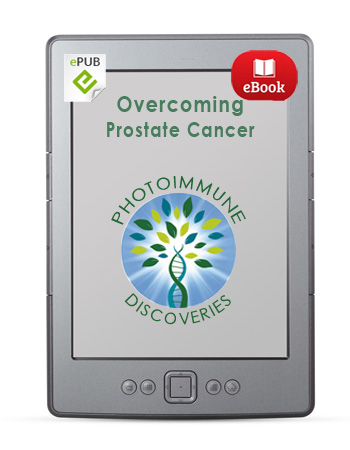
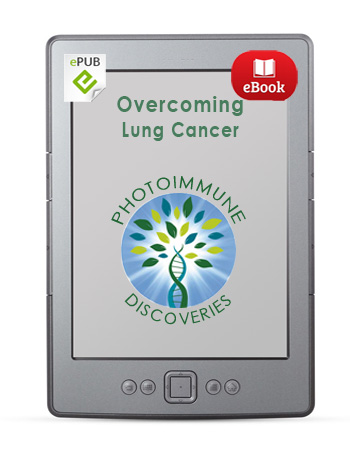
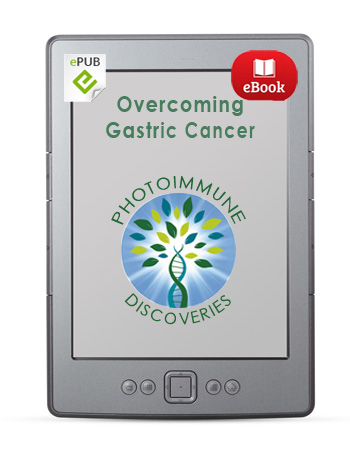
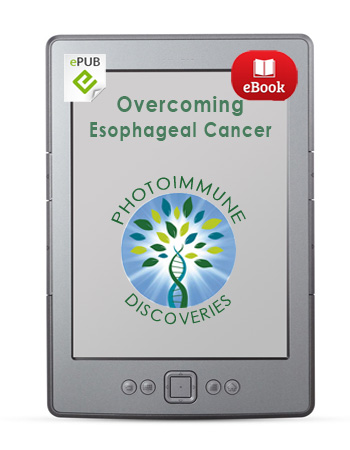
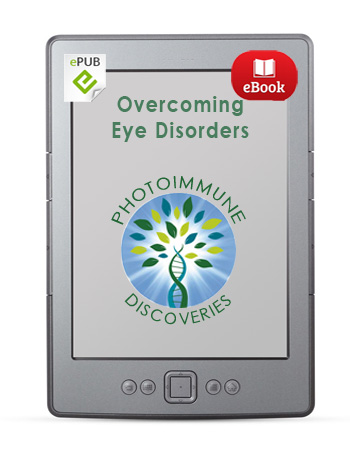

 English
English Français
Français Deutsch
Deutsch Nederlands
Nederlands